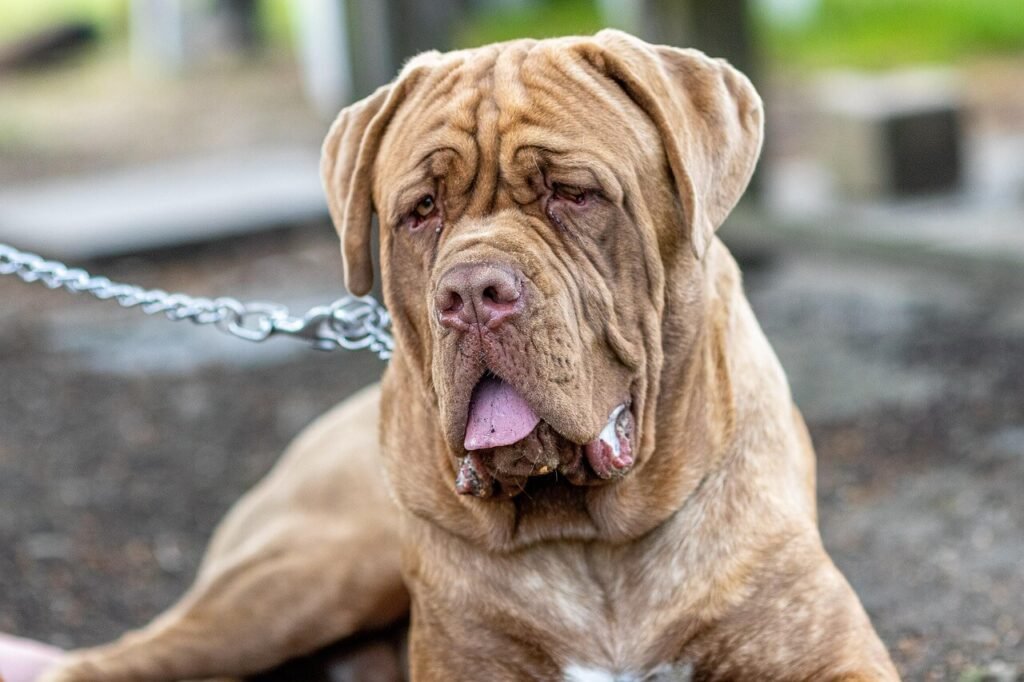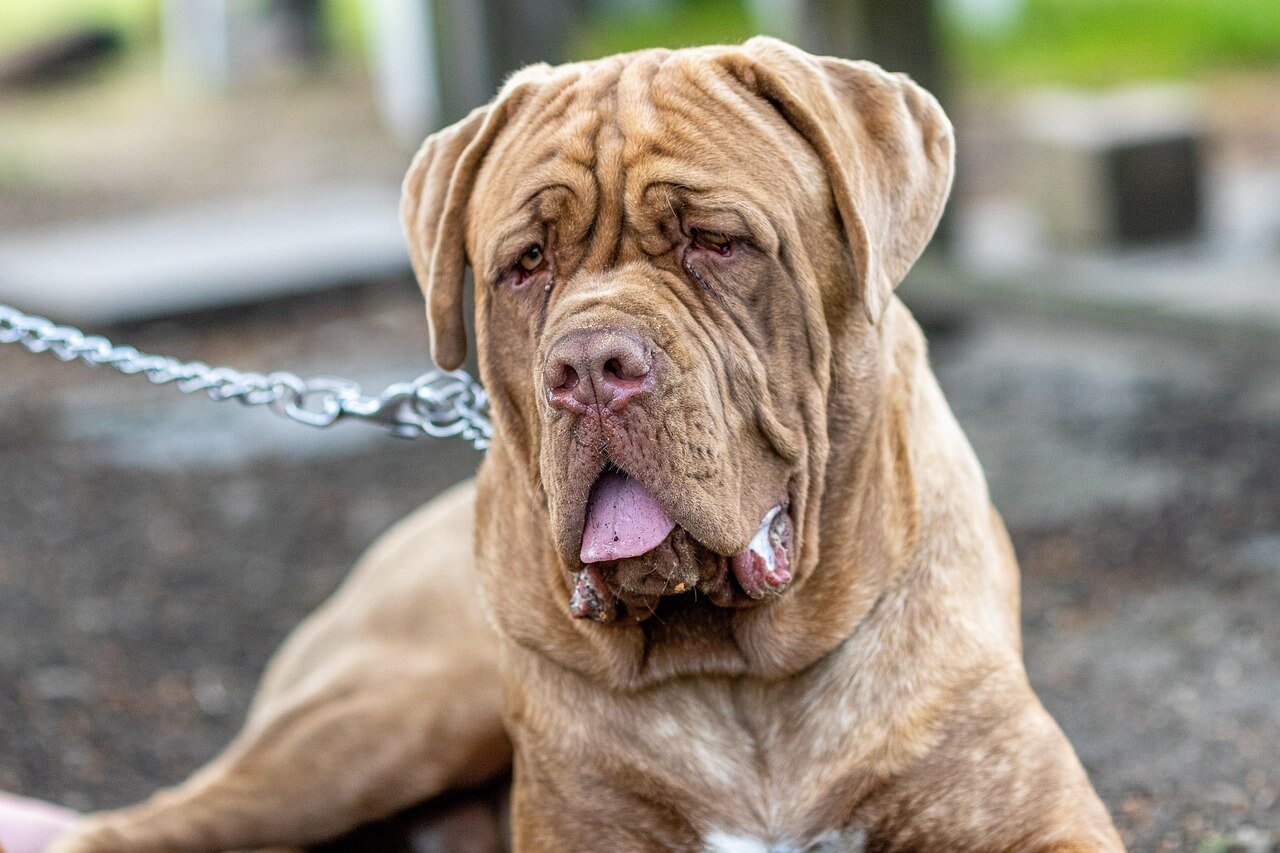Extinct Dog Breeds: Unveiling the Forgotten Canine Companions
Throughout history, dogs have been our loyal companions, playing vital roles in hunting, herding, guarding, and even warfare. However, not all dog breeds have stood the test of time. Some, due to changing societal needs, lack of breeding efforts, or other factors, have vanished into the annals of history. These extinct dog breeds were once celebrated for their unique traits and contributions, but today they are remembered only through historical records and artifacts. In this article, we’ll explore the fascinating stories behind these lost breeds, shedding light on their origins, characteristics, and the reasons for their disappearance.
A Glimpse into History: Famous Extinct Dog Breeds
Several extinct dog breeds left a lasting impact on the canine world before fading away. Each breed had its own unique qualities that made it stand out in its time. Here’s a closer look at some of the most notable extinct dog breeds:
Salish Wool Dog :
Native to the Pacific Northwest, this small, woolly dog was bred by indigenous tribes for its fur, which was used to weave blankets.Tahltan Bear Dog :
A small but fearless breed from Canada, known for hunting bears and other large game alongside indigenous hunters.Turnspit Dog :
A tiny, hardworking breed used in kitchens during the Middle Ages to turn meat on spits over fires.Hare Indian Dog :
A sighthound-like breed from North America, prized for its speed and ability to assist in hunting hares.Molossus :
An ancient Greek breed believed to be an ancestor of modern mastiffs, valued for its strength and loyalty in battle.
These breeds serve as reminders of the rich diversity of dogs throughout history and the roles they played in human societies. Though gone, their legacies live on in the breeds we know today.
Why Did These Breeds Disappear? Understanding the Causes
The extinction of dog breeds is often the result of complex factors influenced by human activity, environmental changes, and shifting cultural priorities. Here are some common reasons why certain breeds became extinct:
Lack of Practical Use :
As societies evolved, many working breeds lost their original purpose, leading to reduced demand.Crossbreeding Practices :
Intentional crossbreeding diluted purebred lines, causing unique breeds to fade into obscurity.Geographic Isolation :
Some breeds were confined to specific regions and disappeared when those areas changed or populations declined.Economic Factors :
Maintaining specialized breeds became too costly or impractical for owners during times of hardship.Cultural Shifts :
Changing tastes and preferences led to the abandonment of certain breeds in favor of newer, trendier ones.
Understanding these causes highlights the fragility of breed preservation and underscores the importance of protecting endangered breeds today.
Check this guide 👉Primitive Dog Breeds: Best 7 Expert Tips!
Check this guide 👉Most Obedient Dog Breeds: Best 7 Expert Tips!
Check this guide 👉Chubby Dog Breeds: Best 7 Expert Tips!

Extinct Dog Breeds | Modern Descendants |
|---|---|
Salish Wool Dog | Poodle |
Tahltan Bear Dog | Small Spitz-type breeds |
Turnspit Dog | No direct descendants |
Hare Indian Dog | Whippet or Greyhound |
Molossus | Mastiff, Bulldog, Rottweiler |
What Made Them Special? Highlighting Their Remarkable Features
Each extinct breed had distinctive characteristics that set it apart from others. These traits not only defined their roles but also made them unforgettable companions. Here’s what made these breeds truly remarkable:
Salish Wool Dog’s Coat :
Its thick, woolly fur was highly prized for creating warm textiles by indigenous communities.Tahltan Bear Dog’s Courage :
Despite its small size, this breed fearlessly tackled large predators like bears and cougars.Turnspit Dog’s Stamina :
This tireless worker could run for hours inside a wheel, turning roasting meats consistently.Hare Indian Dog’s Agility :
Known for its incredible speed and agility, it excelled in chasing fast-moving prey.Molossus’ Strength :
Revered for its immense power and protective instincts, it served as both guardian and warrior.
These unique traits remind us of the incredible diversity that once existed among dog breeds and the invaluable roles they played in human life.
Learning from the Past: What We Can Do Today
The loss of these breeds offers valuable lessons about conservation and responsible pet ownership. By reflecting on their extinction, we can take steps to ensure similar fates don’t befall modern breeds. Here’s what we can learn:
Preserve Genetic Diversity :
Encourage breeding programs that maintain genetic variety within breeds to prevent inbreeding.Support Rare Breeds :
Advocate for lesser-known breeds to raise awareness and promote their continued existence.Understand Historical Context :
Study the histories of extinct breeds to appreciate their contributions and avoid repeating past mistakes.Adopt Responsibly :
Choose pets based on lifestyle compatibility rather than trends to reduce abandonment rates.Collaborate Globally :
Work with international organizations to protect endangered breeds across borders.
By applying these lessons, we can honor the legacy of extinct breeds while safeguarding the future of those still with us.
Preserving History: How Extinct Breeds Shaped Societies
Extinct dog breeds were often deeply intertwined with the cultures and traditions of their time. Their roles extended beyond companionship, influencing everything from daily life to spiritual practices. Here’s how these breeds left a lasting mark on human history:
Symbolism in Art and Literature :
Many extinct breeds appeared in ancient artwork and writings, symbolizing loyalty, strength, or divinity.Participation in Rituals :
Some breeds were integral to ceremonies, such as sacrificial rites or spiritual offerings.Economic Contributions :
Breeds like the Salish Wool Dog provided resources like wool, which supported trade and survival.Military and Guarding Roles :
Large breeds like the Molossus served as protectors in battles and fortifications.Hunting Companionship :
Agile breeds like the Tahltan Bear Dog were indispensable to hunters, shaping subsistence practices.
These contributions highlight the profound impact extinct breeds had on human societies, reminding us of their cultural significance even after their disappearance.
Echoes of the Past: How Extinct Breeds Live On in Today’s Dogs
While many extinct breeds are gone, their genetic legacy persists in modern dogs. Through selective breeding and crossbreeding, certain traits have been passed down, creating familiar breeds we know today. Here’s how extinct breeds influenced contemporary canines:
Molossus and Mastiff-Type Breeds :
The Molossus is considered a key ancestor of mastiffs, bulldogs, and other large guardian breeds.Turnspit Dog and Small Terriers :
Though not directly related, small terriers share the Turnspit’s compact size and energetic nature.Salish Wool Dog and Poodles :
Similar coat textures suggest a possible connection between the Salish Wool Dog and modern poodles.Tahltan Bear Dog and Spitz Breeds :
The Tahltan Bear Dog’s appearance and temperament resemble those of spitz-type dogs like the Keeshond.Hare Indian Dog and Sighthounds :
Whippets and greyhounds likely inherited speed and agility traits from breeds like the Hare Indian Dog.
By recognizing these connections, we gain a deeper appreciation for the evolutionary journey of dogs and the enduring influence of their ancestors.
A Call to Action: Safeguarding Endangered Breeds Today
The extinction of historical breeds serves as a cautionary tale, urging us to protect vulnerable breeds still in existence. With proactive measures, we can prevent further losses and preserve the diversity of our canine companions. Here’s what can be done:
Support Conservation Programs :
Organizations dedicated to rare breeds rely on funding and volunteers to maintain breeding efforts.Promote Responsible Ownership :
Educate potential owners about the importance of adopting and caring for less popular breeds.Document Breed Histories :
Recording detailed histories and characteristics ensures that endangered breeds aren’t forgotten.Encourage Ethical Breeding Practices :
Avoid overbreeding or prioritizing aesthetics at the expense of health and genetic diversity.Raise Public Awareness :
Highlight the plight of endangered breeds through media, events, and educational campaigns.
By taking these steps, we honor the memory of extinct breeds while securing a brighter future for those still with us. Preservation is not just about nostalgia—it’s about celebrating the incredible bond between humans and dogs.
Frequently Asked Questions About Extinct Dog Breeds
Are any extinct dog breeds being revived?
Efforts exist to recreate some breeds, but true revival is challenging without complete genetic material.
Why should we care about extinct dog breeds?
They represent a part of our shared history and highlight the bond between humans and dogs.
Can modern DNA testing identify extinct breeds?
Yes, DNA analysis helps trace ancestry and connections to existing breeds.
Which extinct breed is considered the oldest?
The Molossus is often cited as one of the earliest documented breeds.
How can I help preserve rare dog breeds?
Support ethical breeders, adopt responsibly, and spread awareness about endangered breeds.
Final Thoughts: Honoring the Legacy of Extinct Dog Breeds
The stories of extinct dog breeds remind us of the deep connection between humans and dogs throughout history. Though these breeds no longer walk beside us, their contributions and unique qualities continue to shape the canine world we know today. By learning from the past and taking proactive steps to protect modern breeds, we can ensure that the rich tapestry of dog diversity endures for generations to come. Let us celebrate the memory of these forgotten companions and strive to create a brighter future for all dogs—those alive today and those yet to come.
Canned Pumpkin for Cat Diarrhea: Best 7 Expert Tips! Natural remedy to firm stools, soothe upset bellies, and support gut health safely.
Can a Cat Give You Scabies? Best 7 Expert Tips! Discover the truth about feline mites, human skin risks, and how to protect yourself—without panic.
Cat Flea vs Human Flea: Best 7 Expert Tips! Discover the truth about bites, species, and how to eliminate infestations for good.
Weird Cat Behaviors: Best 7 Expert Tips! Discover why cats do strange things—and how to understand, not punish, their instincts for a happier home.





